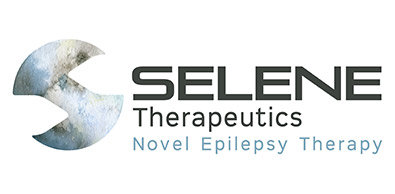

CSO: Dr. Neta Pessah
Selene Therapeutics is pioneering a new therapeutic strategy for treating refractory epilepsy – regulation of the neuronal activity set point by reduction of the neuronal mean firing rate (MFR). Selene aims to develop small molecule for inhibitors of Dihydroorotate dehydrogenase (DHODH), a mitochondrial enzyme located on the inner mitochondrial membrane and participating in several key cellular homeostatic process.
Clinical Needs
Epilepsy is a common neurological disorder affecting 1% of the world’s population. It is characterized by recurrent seizures, abnormal behavior, and various extents of loss of awareness, which are caused by abnormal excessive or synchronous neuronal activity in the brain. Despite the availability of more than twenty approved antiepileptic drugs, a third of epileptic patients are not seizure-free, and there is a substantial need to develop safer and more effective treatments.
Scientific Approach
A regulated homeostatic system is characterized by a set point, a physiological state held constant by various mechanisms, through sensors that detect deviations from it and effectors that precisely retarget to it via negative feedback. Neuronal activity is regulated by multiple homeostatic mechanisms that are necessary to ensure stable neuronal and network function. In silico transcriptome metabolic modeling revealed mitochondrial DHODH as a leading target that secures metabolic homeostasis of hyperexcitable hippocampal circuits. Inhibition of DHODH decreased the average level of spontaneous neuronal spiking activity, known as the mean firing rate (MFR). Mitochondria play a critical role in energy metabolism and Ca2+ homeostasis in neurons. Under DHODH blockade Homeostatic responses of the MFR to activity perturbations were maintained, and MFR was identified as a potential set point of this homeostatic systems. Inhibition of DHODH led to reduced susceptibility to seizures in two epilepsy mouse models (PTZ and Dravet-Syndrome models), by reduction of hyperexcitability due to mitigating mito-Ca2+ overload. This mechanism of action is a novel approach for further development of antiepileptic drugs.
Prof. Inna Slutsky: Inventor
Inna Slutsky is a professor at the Department of Physiology & Pharmacology, Sackler Faculty of Medicine, Tel Aviv University. Prof. Slutsky is the inventor of the technology and serves as a consultant to the company. Prof. Slutsky is an expert in synaptic transmission and plasticity, homeostatic regulation of neural circuits, epilepsy, Alzheimer’s disease, electrophysiology, and imaging.
Dr. Neta Pessah, PhD: CSO
Dr. Pessah holds a PhD in Medicinal chemistry and pharmacokinetics from the Hebrew University in Jerusalem. Dr. Pessah’s expertise include new drug discovery and design, especially potential antiepileptic drugs. Dr. Pessah worked as the pre-clinical manager of Novaremed Ltd. Following which she served as the R&D projects manager responsible for accelerating new technologies toward commercialization at Weizmann Institute of Science’s Technology transfer Company Yeda R&D.
